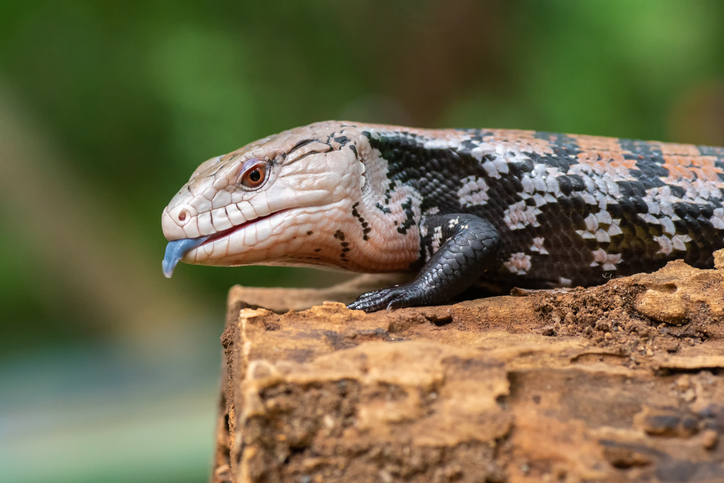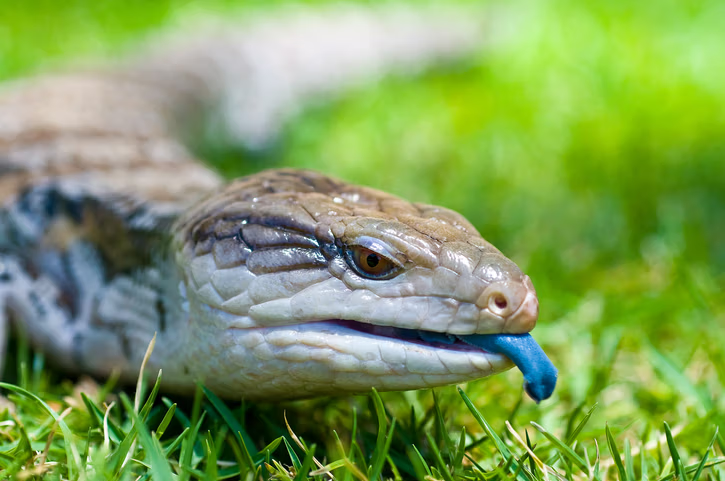Blue-tongued skinks are found in both Australia and New Guinea. In Australia, blue-tongued skinks are very common and are often seen in people’s yards – where they eat insect pests. Because they live among humans, blue-tongued skinks have to watch out for dogs and cats, as well as their other natural predators – such as snakes and kookaburras.
A blue-tongued skink spends most of the day searching for food. When a predator threatens a skink, the lizard puffs up its body to look bigger. At the same time, it opens its mouth and hisses while sticking out its bright blue tongue. The sudden flash of color may surprise and confuse the predator just long enough for the skink to scurry away. During a confrontation, this animal can lose its tail, which it can regrow.
These animals are omnivorous. They eat native fruit, berries, flowers, fungi, insects, snails, and carrion.
Blue-tongued skinks are fairly slow moving but will run. They are active during the day and seek shelter at night, typically in other animals’ abandoned burrows.



